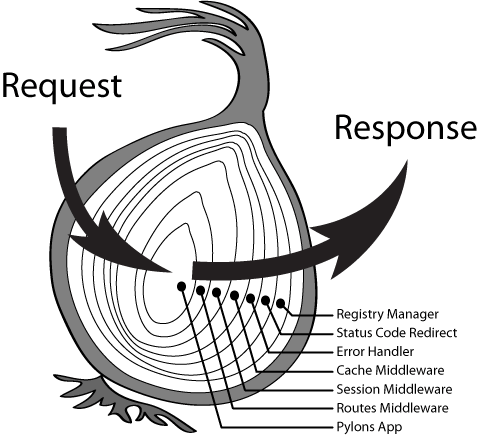学习Egg的时候,对洋葱圈模型很疑惑,不知道它有啥好处,听了组长的讲解,确实大有好处,记录记录
看例子

1 | // app.js |

分析
首先看到它相比于express的责任链模型,多了async await这样方便的语法,摒弃了express的callback写法,使代码看起来更加优雅简洁。
然后因为有了await,对stream支持度更高,对错误处理更加友好。比如请求1-2-3,返回3-2-1,便可以在返回的途中进行数据处理,而express是不行的。
学习Egg的时候,对洋葱圈模型很疑惑,不知道它有啥好处,听了组长的讲解,确实大有好处,记录记录

1 | // app.js |

首先看到它相比于express的责任链模型,多了async await这样方便的语法,摒弃了express的callback写法,使代码看起来更加优雅简洁。
然后因为有了await,对stream支持度更高,对错误处理更加友好。比如请求1-2-3,返回3-2-1,便可以在返回的途中进行数据处理,而express是不行的。